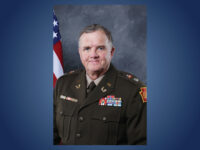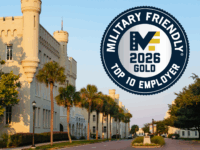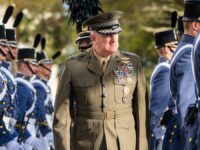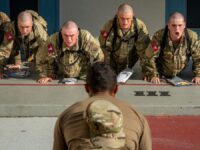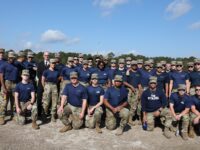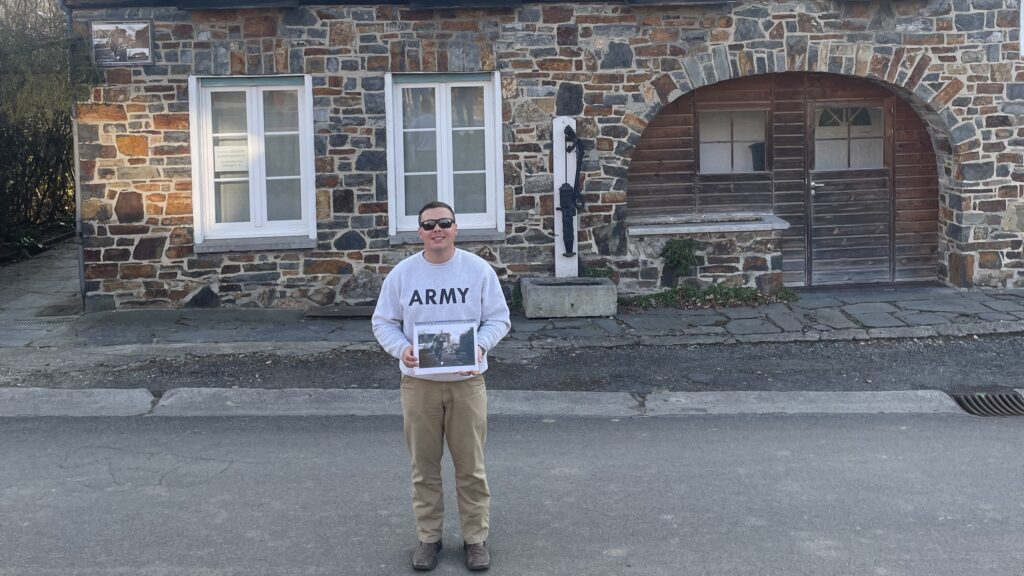
In the Spring 2025 semester, The Citadel’s Department of History offered a class called “Special Topics in Military History: World War II, The Battle of the Bulge.” While the class included regularly scheduled meetings and assignments throughout the semester, much of the content was discussed on various battlefields and landmarks throughout Europe over spring break.
After returning to the United States, Cadet Chase Collins, who went on the trip, reflected on the unique study abroad experience as well as one of the class’s assignments: research and present on just a few of the soldiers who died during WWII.
By Cadet Chase Collins, ’26
My name is Cadet Chase Collins. I first heard about this spring trip from Dr. Kyle Sinisi, who sent an email to the Corps of Cadets. It was a once-in-a-lifetime trip; we traveled into the Netherlands, then to Belgium, Germany and Luxembourg. Professor Sinisi is very knowledgeable about all the history, and he made the trip very special with his guidance and knowledge of the Battle of the Bulge. I have never been overseas before, and this experience was amazing. It was incredible to stand in the same places where many great, young, American warriors fought in grueling conditions against a dangerous and determined enemy. This trip really opened my eyes and helped me understand more about the battle and what our men went through, so we have what we do today.
3/7/25
Today, we arrived in the Netherlands. We flew from Charleston to Atlanta then into our destination, Amsterdam. We met our driver and started our trek to Belgium. We arrived at Fort Eben-Emael, a Belgium bunker that served in World War II. It is an amazing structure with underground tunnels and multiple bunker heads facing different directions. We took a tour through the grounds of the fort, which was overtaken by the Germans in the 1940s by special soldiers who flew in on gliders undetected and took over all the bunkers within 15 minutes of landing.
3/8/25
Our day began at the Henri-Chapelle American Cemetery. We had a ceremony honoring the heroes who lay there on that holy ground. It was incredible to look out over the rolling hills and the beautiful white headstones. I did my brief on my assigned alumnus: Walter S. Covington Jr. Covington was a member of The Citadel Class of 1946 but never made it to graduation. He was sent to fight with the 28th Infantry. He was killed right outside of Vosseneck in Belgium. Even though we did many other things on this day, this was definitely my favorite part — honoring these fine men.
3/9/25
Today we followed the tracks of German Col. Joachim Pieper and his SS soldiers who marched toward Antwerp in 1944. Pieper was an SS tank commander and a cruel leader, from what history tells us. We stopped at a crossroad in Baugnez, right outside of Malmedy, where the Malmedy Massacre took place. The Waffen-SS rounded up and killed 84 American POWs in a field, then cruised the field and executed remaining survivors. This was later classified as a war crime and 46 of the SS soldiers were tried for war crimes, including Pieper. There was a large monument at the crossroads that was very impressive.
3/10/25
We studied the battles around the town of St. Vith. We also visited the memorial for 1st Lt. Eric Fisher Wood Jr., whose life had been researched by a Citadel Graduate College student on the trip. The Belgium people call him Rambo of the Ardennes for his guerilla fighting tactics. We also visited the memorial of the 168 Engineer Combat Battalion, a group ultimately known for defending the town of St. Vith from the Germans from December 17 through 23, 1944. We walked around the surrounding woods and found some old machine gun nests and fox holes.
3/11/25
We started today off by going to see the German defense structures known as the “dragon’s teeth.” They were magnificent to see and for us to understand the construction process and reason for the structures. From there we traveled to Clervaux, where we had lunch and walked around checking out a few different sites where history had taken place.
3/12/25
My favorite thing that we did today was visiting the Bastogne War Museum. We got to walk around three different buildings that had completely restored tanks and trucks from WWII. We also went to the 101st Airborne Museum in Bastogne which was a great experience. They have an underground simulator that makes you feel like you were in Bastogne when the fighting and shelling began in the town. That night for dinner we went to the famous Le Nut’s Restaurant, where the food and drinks were delicious.
3/13/25
We went to the American cemetery in Luxemburg. It was a very great experience, and four students gave presentations on Citadel alumni who were killed in action during the war and buried there. The presentations were great on these young men’s lives. The whole place was so peaceful, the weather was overcast and snow flurries were falling upon us. There was this feeling in the air there that just gave you a sense of pride to be an American and to be thankful for the sacrifices that were made. Gen. George Patton is buried at the very top of the hill overlooking all of the other headstones.
3/14/25
Today we woke up in Pommerloch, and we visited a couple of different areas before we traveled to Amsterdam to depart for the states on the 16th. We stopped outside of La Roche-en-Ardenne, a beautiful little town right on the Ourthe River. We stopped at a British cemetery called Hotton War Cemetery right before we went into the town of Hotton, which was our last stop. Hotton was the furthest point the Germans got to in their advance. We then headed to Amsterdam and stayed at the airport hotel in Amsterdam, where we had dinner and settled down for the night.
3/15/25
Today we woke up in Amsterdam. We hopped on a shuttle, then took a train and a tram to the front of the Rijksmuseum. We also went on a canal tour through the red-light district after lunch and took the boat all throughout the city. It was a cool experience, and after we walked around the city and found a restaurant to have dinner. We then went back to the hotel and called it a night because we had a long way to travel the next day.
3/16/25
We had a nine-hour flight to Atlanta from Amsterdam, then a 45-minute flight back to Charleston. We arrived around 9:30 Sunday night.
Cadet Chase Collins is the Regimental Public Affairs NCO for the South Carolina Corps of Cadets. Collins, who is from Mt. Pleasant, South Carolina, is a Business Management major with a minor in Construction Engineering. He is also a contract with the South Carolina National Guard.

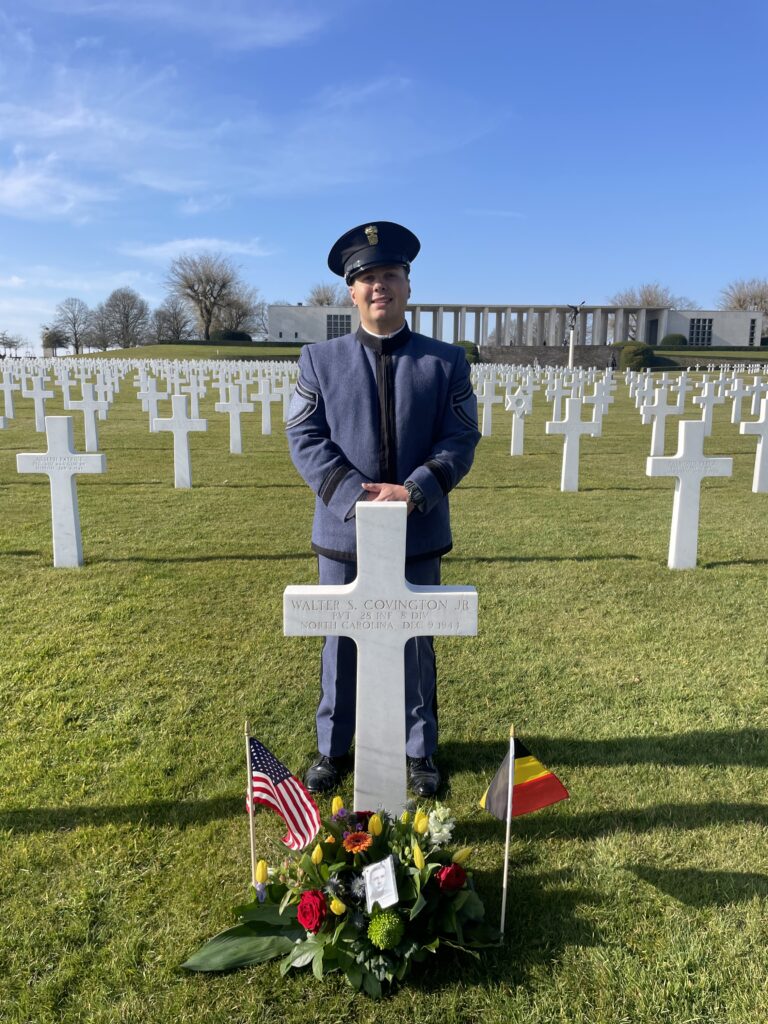
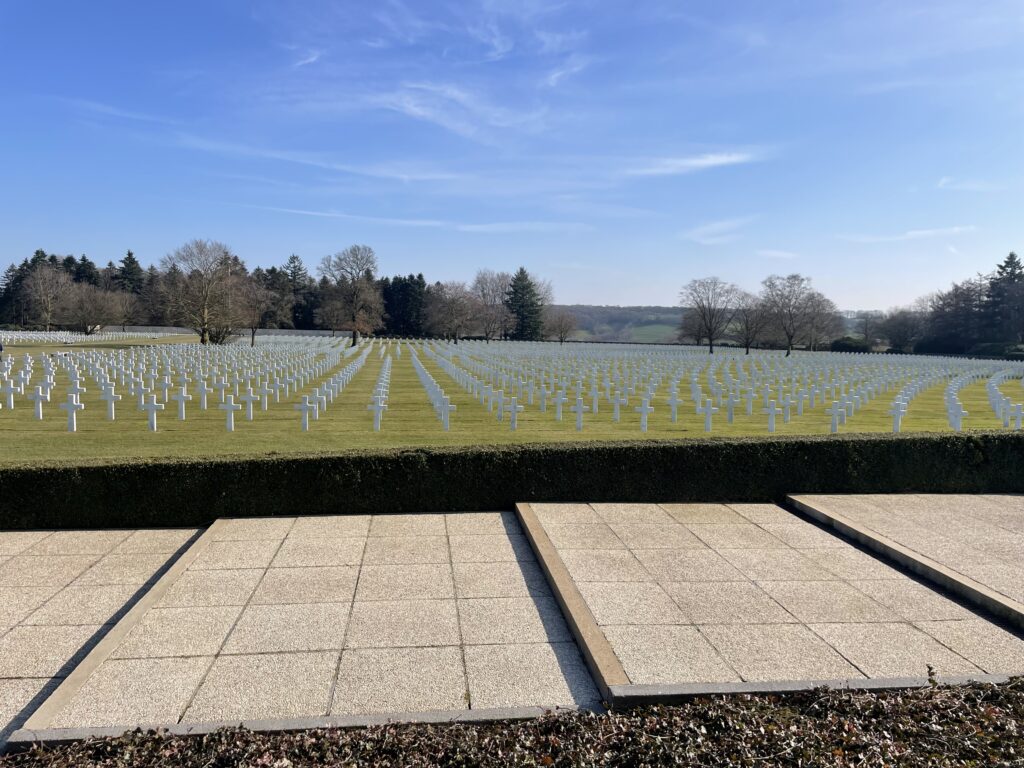
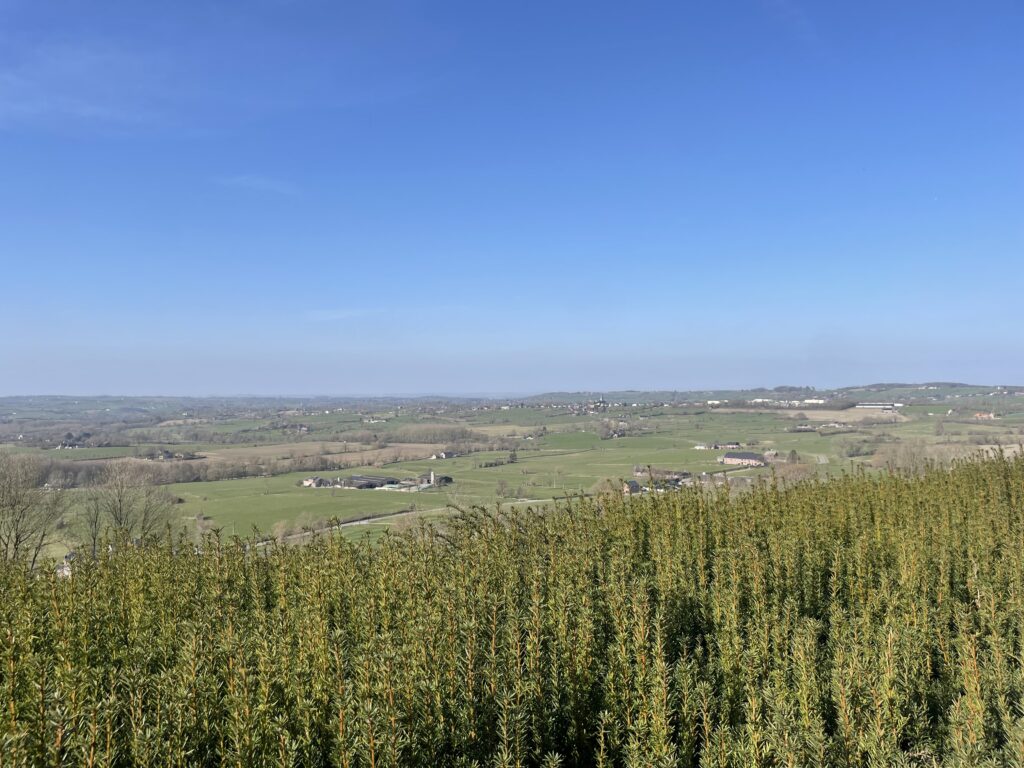
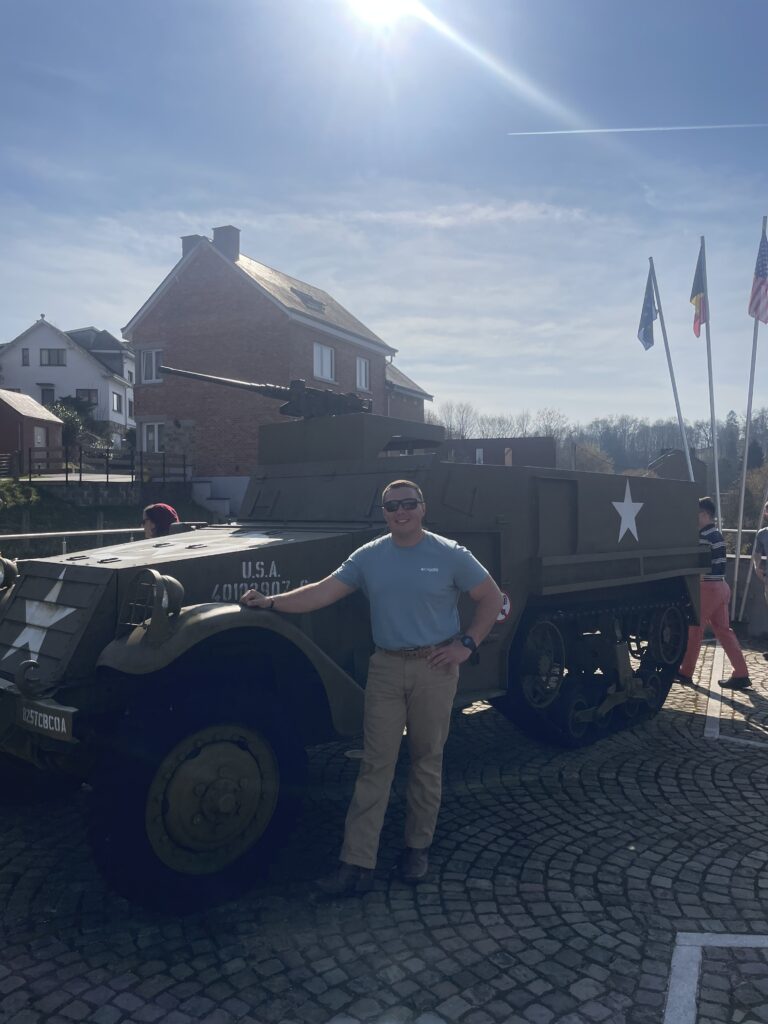
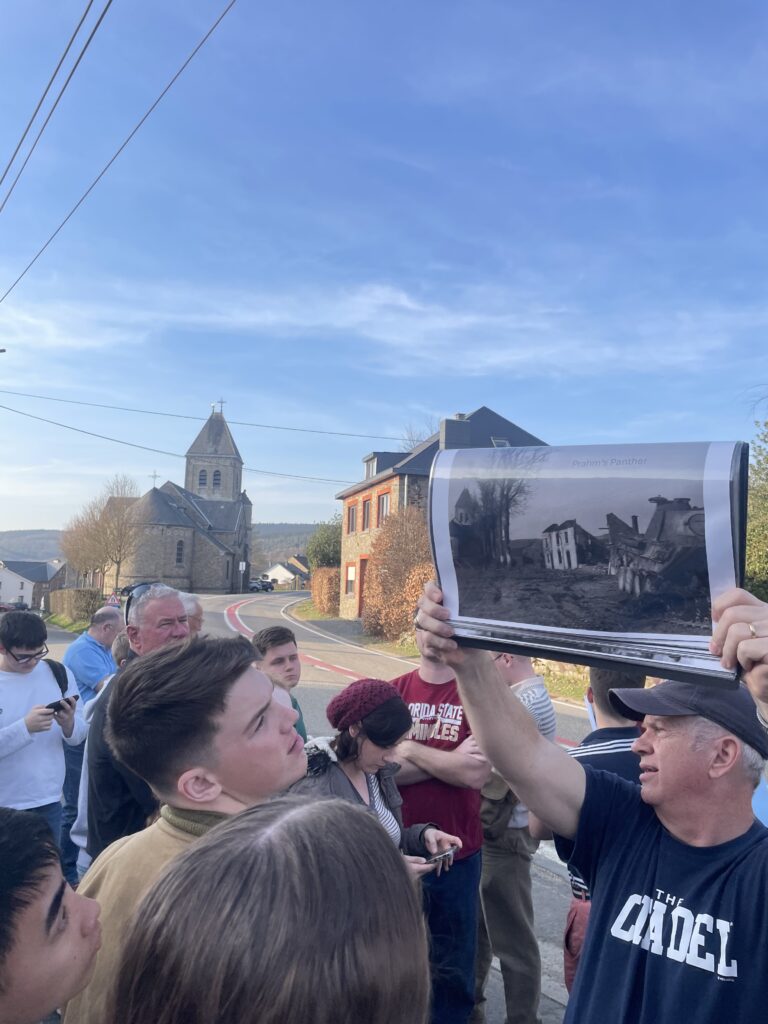
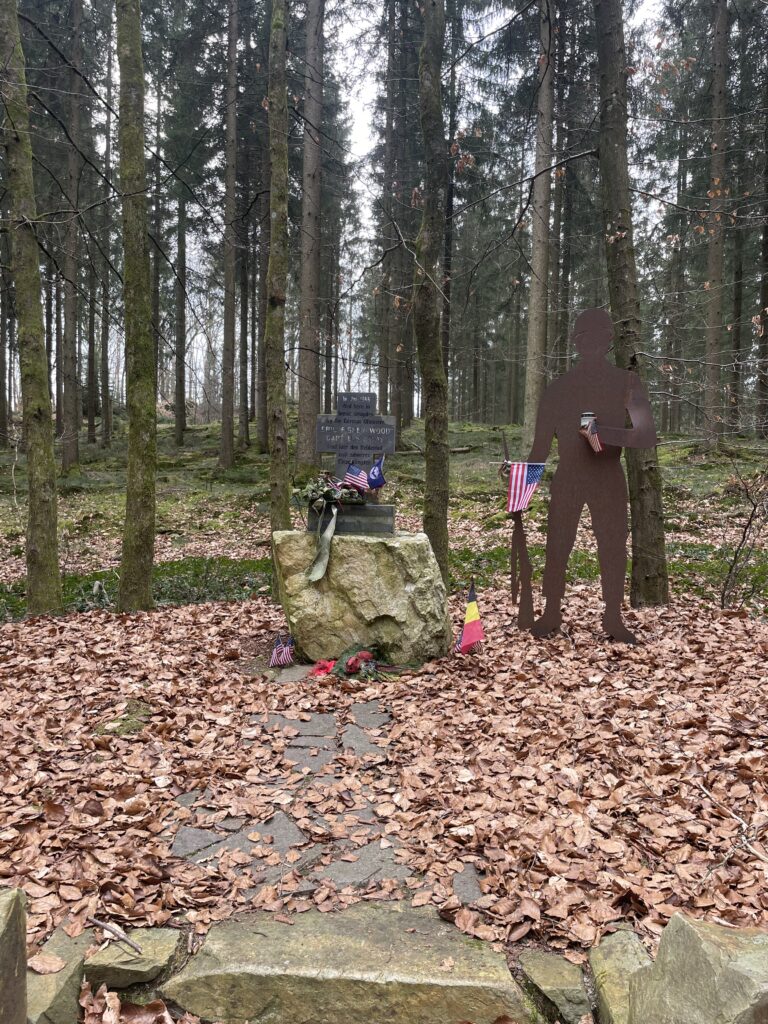
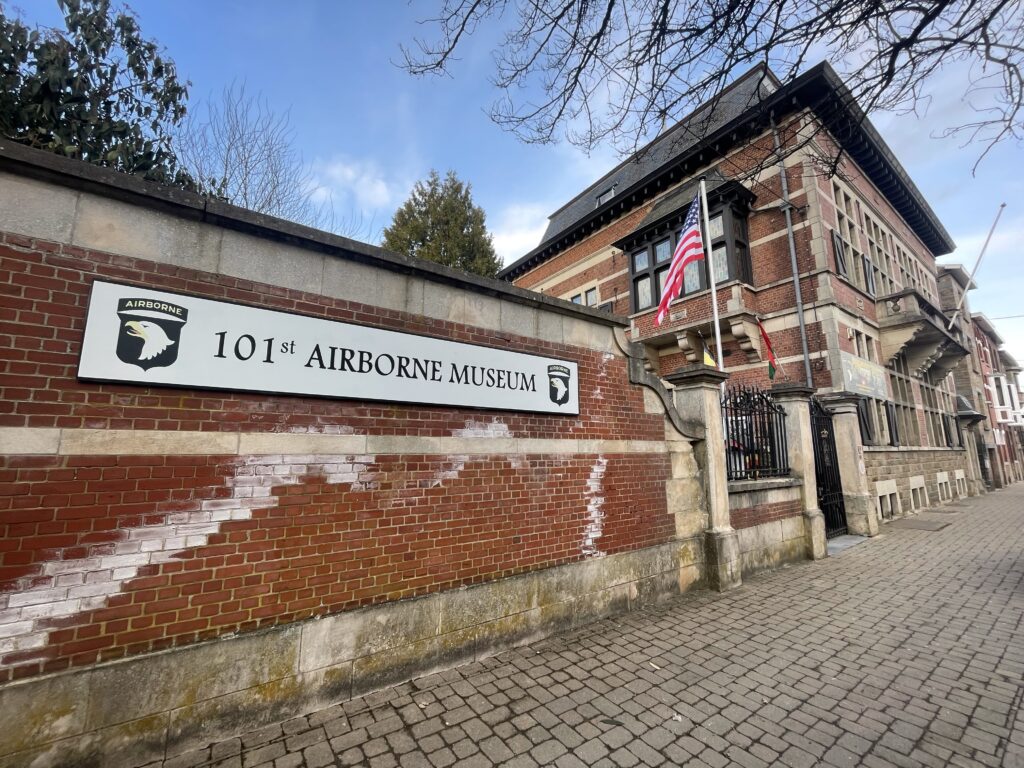
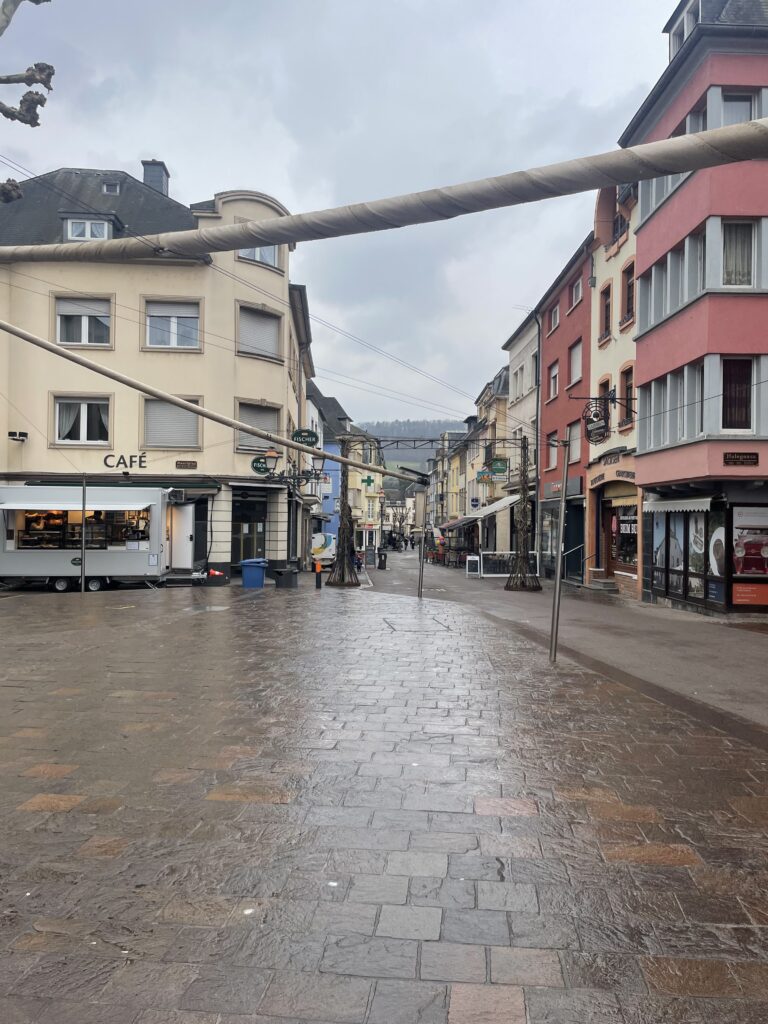
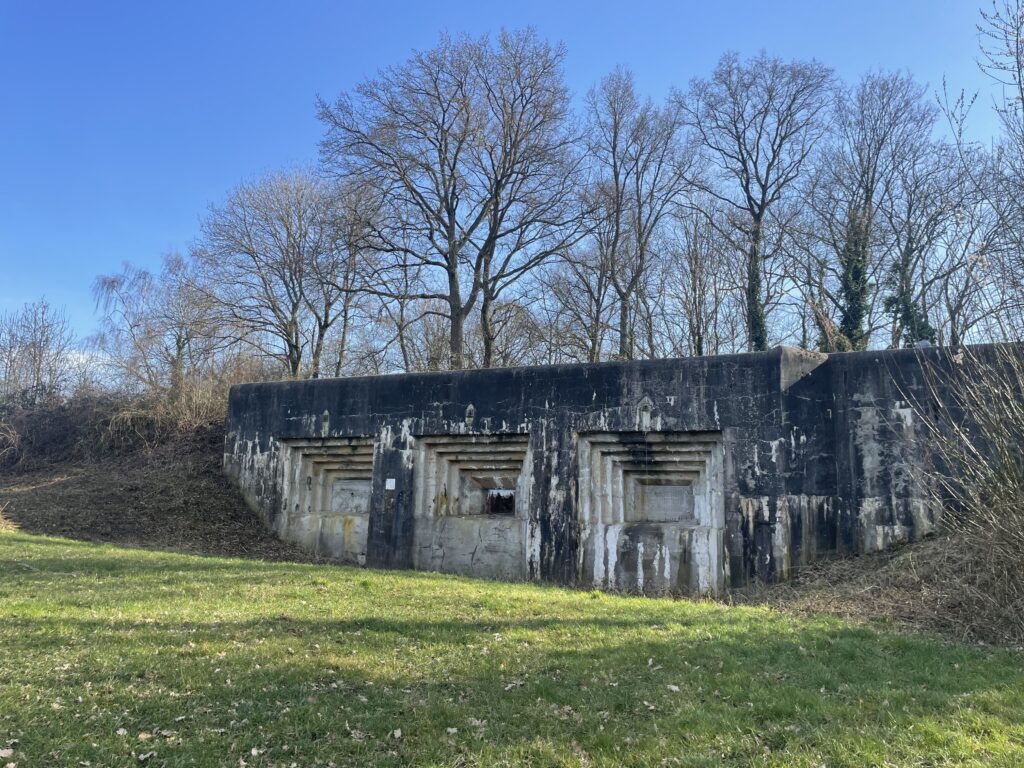
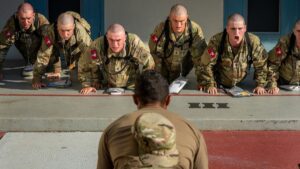 The Citadel photographer’s 25 favorite photos from 2025
The Citadel photographer’s 25 favorite photos from 2025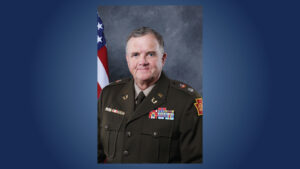 Citadel professor to serve as next Inspector General for the U.S. Department of Defense
Citadel professor to serve as next Inspector General for the U.S. Department of Defense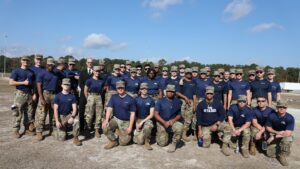 Citadel cadets help expand community impact through Coastal Carolina Fair partnership
Citadel cadets help expand community impact through Coastal Carolina Fair partnership